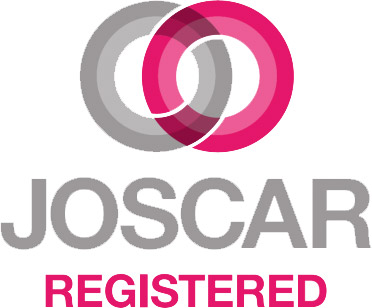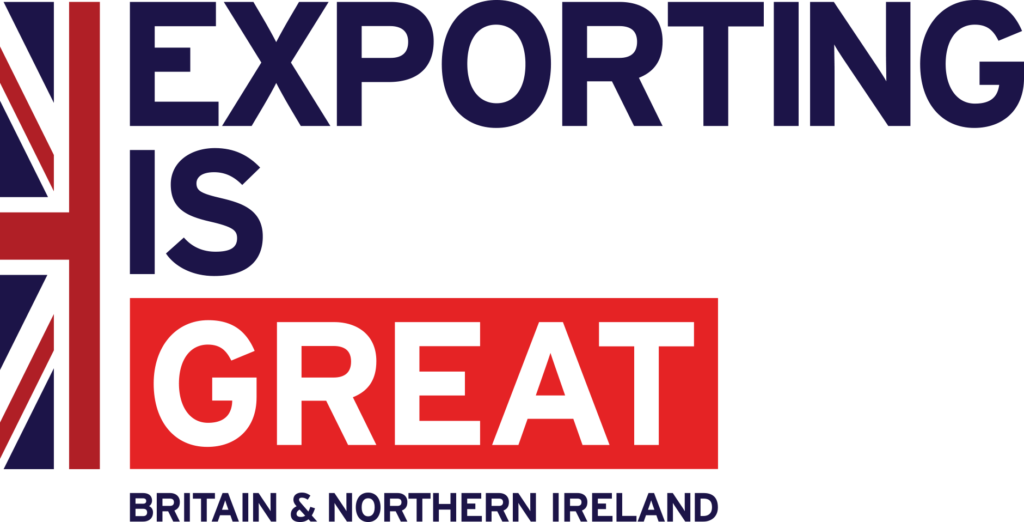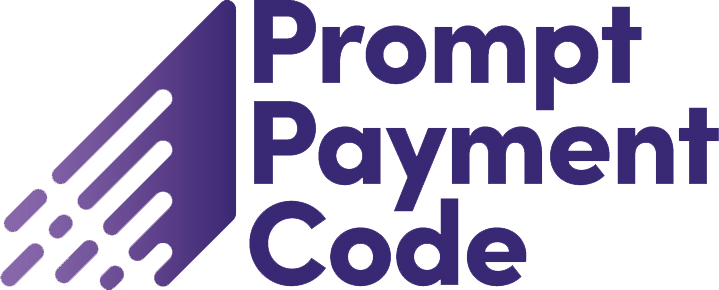One thing is true. Life isn’t 100% predictable. This includes everything from the sequence of events that gets you to work on time, to the expected cost and duration of work to deliver a project’s objectives.
I’ll share a recent experience of working with a client in the defence sector. One of their flagship projects was under review and missing its targets. It was time to re-baseline… and this time there were going to be no second chances!
Understanding risk and uncertainty
Members of the team were relatively new to project risk management and our client wanted to up their capability. Their research uncovered different, and sometimes contradictory approaches and definitions of things like risk, uncertainty, variability, risk factors and estimating – these were causing internal frustrations. It was also confusing to them that many risk standards used “uncertainty” as part of the definition of a risk.
Despite these frustrations, the team’s astuteness in recognising the influences that could affect the reliability of any given cost or schedule target were impressive.
Setting out a plan
Using our Predict! software, we mapped a way out to bring the project back on track. Predict! takes what you think you know about the world and turns that into a visual representation of the possible project outcomes and drivers. It doesn’t worry about language – as long as you know what you are trying to represent, and how you want to define it, you can tell it about your uncertain world with ease.
We modelled some key uncertain elements of the project:
- Exchange rate variability: When negotiating with an overseas supplier – this could be positive or negative!
- Specific events: Of-course, there was also a recognised significant threat to any assumptions we made – the event of exit from the European Union! In addition, one of the potential sub-contractors was having difficulties and there was a chance it could go into liquidation and thus fail to deliver essential components. The team recognised both these as risk events that could impact the project, but also could not.
- Option analysis: The question was asked – what if we re-used and adapted an existing platform rather than create a totally new one? There was an opportunity to challenge the default planning choice we were about to make.
- Resources: We recognised a particular shortage of people who were experienced in integration of the components for the platform. This was an issue that could have a range of possible impacts.
The anatomy of a project
We explored each of the statements about the project’s uncertainty made by the team, and decided how they should be represented in Predict!. We worked together to find a way to ensure that these factors could be properly described and represented in a robust and structured way.
Being able to distil all of the things that made the project uncertain, and inspect it visually in a Predict! model, meant that the project team gained a better understanding of the achievability of the project’s targets. They could now make informed decisions by highlighting the drivers for success and confidence, experimenting with different scenarios and planning proactive action in the right places.
The outcome
The team were able to make informed decisions on:
- The value to fix the exchange rate at during contract signature; that the contingency for any costs due to Brexit should be covered outside the project
- An alternative more expensive sub-contractor would be used to source the essential components, since the trade-off was worthwhile
- Adapting the existing platform was cheaper and still met the capability requirements
- Assumptions made on resources allowed additional funding to be secured from outside the project to employ an external contractor.
The result was a well thought-out proposal for the project baseline, a change in the customer’s perception (they were now impressed at the robustness of the new baseline) and, a project that is back under control and seems to be doing pretty well!
Like to understand more about achieving the same for your project? Contact us now











